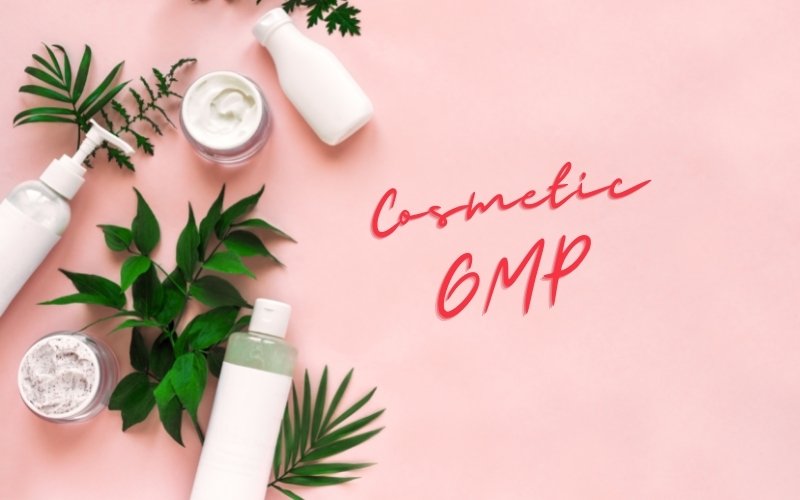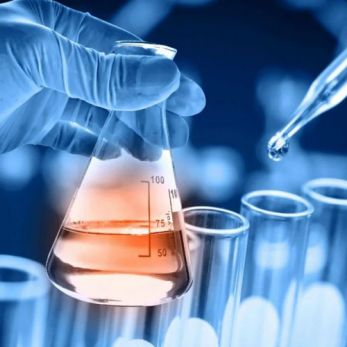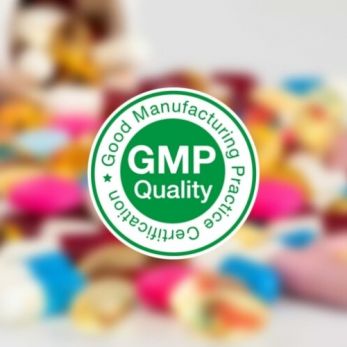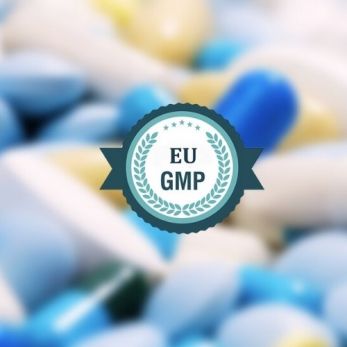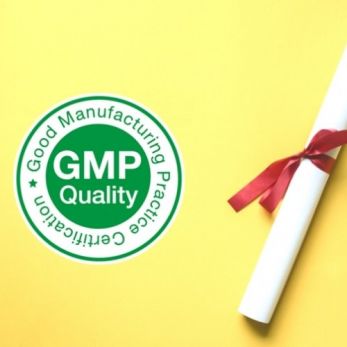Cosmetic GMP guidelines
Cosmetic GMP, which stands for Good Manufacturing Practices for cosmetic products, is a set of guidelines that helps companies produce safe and high-quality cosmetics.
Cosmetic manufacturers, nowadays, consider GMP as a big step forward for their business. To integrate with the world and bring high-quality cosmetic products to Vietnamese, Viet Nam companies need to meet the stringent standards, and cosmetic GMP is one of them. In this article, we will learn what is cosmetic GMP and cosmetic GMP guidelines.
1. What is cosmetic GMP?
Cosmetic GMP, which stands for Good Manufacturing Practices for cosmetic products, is a set of guidelines that helps companies produce safe and high-quality cosmetics.
Read more: What is GMP? - GMP in pharma industry
Stringent adherence to cosmetic good manufacturing practice (GMP) will reduce the risk of adulteration or misbranding of cosmetics.
Cosmetic GMP is highly encouraged by many countries’ governments. In the US, FDA’s cosmetic GMP guidelines are recommended for cosmetic businesses. In Canada, Health Canada encourages cosmetic manufacturers to comply with GMPs as set out by the ISO 22716 standard. However, in some countries, cosmetic GMP implementation is mandatory. Particularly, in Europe, the Cosmetics Regulation (EC) 1223/2009 necessitates that any cosmetic product selling to the EU market must conform to cosmetic GMP guidelines as outlined by the ISO 22716.
2. Cosmetic good manufacturing practice (GMP) guidelines
All cosmetic GMP guidelines follow some basic principles as follow:
Personnel
- Personnel in charge of manufacturing and quality control are trained to handle the job tasks
- Personnel must be equipped with devices and equipment to perform jobs safely and hygienically
- Smoking, eating and drinking is restricted to appropriately designated areas
Premises
- Buildings used in the manufacture or storage of cosmetics must be organized to avoid mix-ups and contamination
- Floors, walls and ceilings should be smooth, easy to clean and easy to maintain
- Air intakes and exhausts, pipework and ducting should be installed in such a way so as not to contaminate the cosmetic products
- Lighting and ventilation should be sufficient for the operation and comfort of personnel
- Floor drainage and sewage, water supply should be adequate for sanitary operation and cleaning of facilities and equipment
Equipment
- Equipment used in processing, holding, transferring and filling should be proper and suitable for its purpose
- Piping and equipment should be clean and sanitary
- Equipment should be check regularly to ensure their correct working performance
Raw material
- Raw materials should be stored appropriately to prevent spoilage or deterioration
- They should be labeled clearly and accurately
- Materials should be sampled, tested or examined to prevent adulteration of finished products
Production process
- The production process is outlined or mapped out in detail
- Each manufacturing batch including details such as the formulation, raw materials, and equipment used, procedures followed, and a unique batch number should be documented
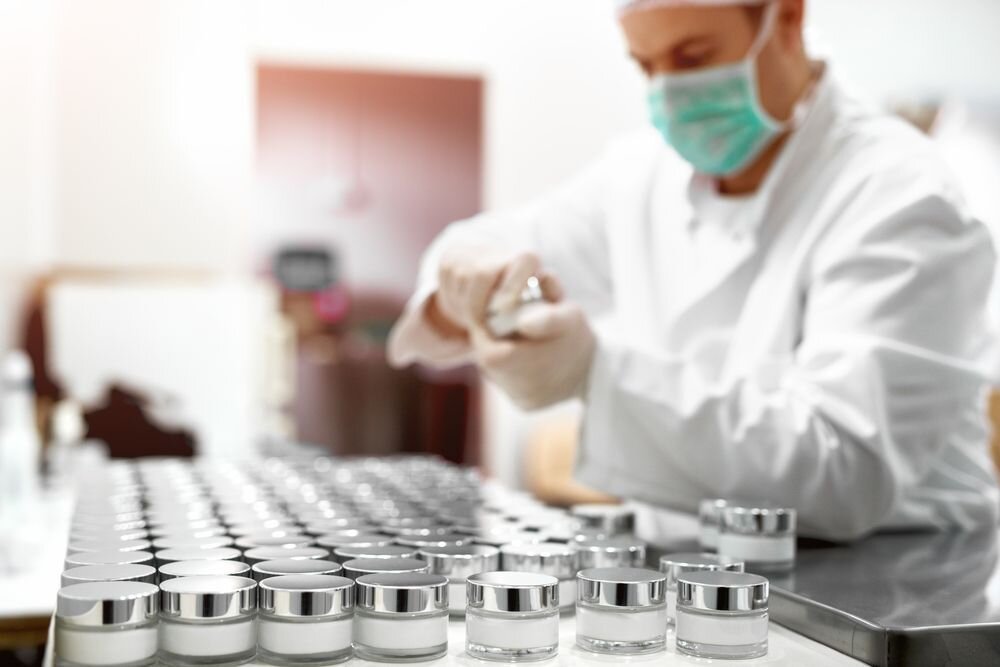
Laboratory controls
- Sample of finished products should be kept so that they can be tested or observed again for compliance
- Testing should be carried out to ensure the effectiveness of preservative systems
3. Benefits of cosmetic GMP for the cosmetic manufacturers
Implementing cosmetic GMPs provides the reputation and confidence needed for the manufacturers to assure that their cosmetic products are safe. The benefits cosmetic GMP brings can extend beyond legal compliance. Achieving cosmetic GMP certification will help manufacturers increase their competitiveness with other cosmetic manufacturers which do not follow GMP.
A customer cannot detect whether a cosmetic product is safe and good or not. Thanks to cosmetic GMPs, customers know they are using premium-quality cosmetics.
Read more: What is EU GMP?






